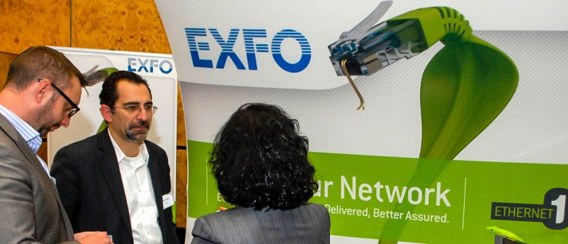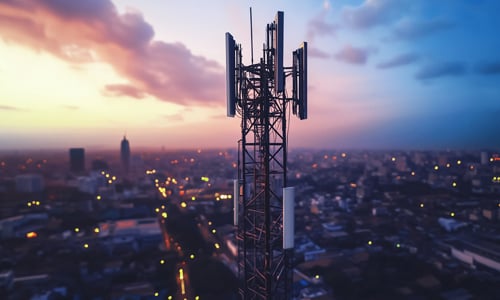2012 LTE/EPC & Converged Mobile Backhaul Impressions
I recently attended the 2012 LTE/EPC & Converged Mobile Backhaul, where I gave a presentation. I also participated in the preconference workshop and a panel session hosted by NGMN.
The primary focus of the conference was the progress of LTE in the UK, where the event was hosted. Unfortunately, that led to a one-company show, since Everything Everywhere (EE) managed to be the only UK operator to have launched LTE in 2012. EE’s Mansoor Hanif (Director of Network Integration and LTE) and Andy Sutton (Principal Network Architect) described the engineering and management challenges of putting an LTE network into place incognito (under the guise of the 2G RAN Refresh project). They also used smartphones to demonstrate the quality of the live network at their stand. Service quality was high in terms of download and upload speeds. The interactivity of the devices for video download services was also especially noticeable. I was personally interested in Circuit Switched Fall Back (CSFB) performance. To my delight, post-dial delay was very acceptable, in the 5-6 second range. Considering that another operator mentioned discovering 40 seconds in a test run, EE’s optimization efforts were all the more apparent.
The majority of the presentations were centered on backhaul. The topics covered include QoS aspects, security, the impact of SON on transport, synchronization, automation and efficiency, small cells and heterogeneous networks. With the start of LTE-Advanced discussions and the concept of cloud RAN becoming more popular, there was recognition of the need to expand the discussion beyond the traditional backhaul by including fronthaul and view it as transport from the core network all the way to the edge of the mobile network, i.e. the antenna. Like many other individuals who work in this field, I’ve been observing the impact that changes in technology have on transport. Ultimately, all the transport changes result from changes in the three dimensions of wireless network capacity: spectrum, technology and network density. These three factors drive the need for transport solutions with higher throughput and measurable/attainable QoS over diverse types of layer 1 choices. Furthermore, transport needs to be able to deliver phase/time synchronization to accommodate changes in technology. Last, but not least, it must encompass the fronthaul, i.e., the link between the antenna/RF unit and the base band unit (BBU) of a BTS.
These changes require a high level of automation for the network-construction, commissioning, monitoring and troubleshooting phases. hence, key vendors, such as EXFO, aim to develop solutions that help mobile network operators achieve this automation while reducing their operational costs. We are confident that this level of automation is essential to meet the ever-increasing demand inherent to denser networks.




